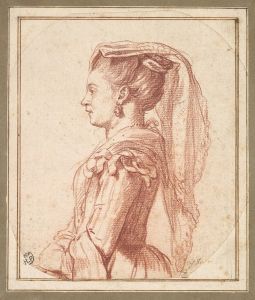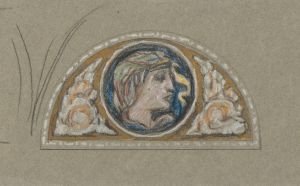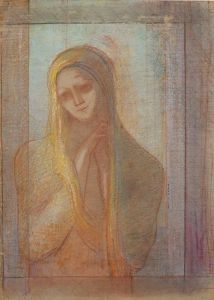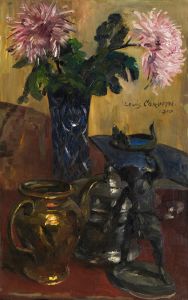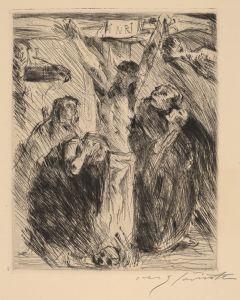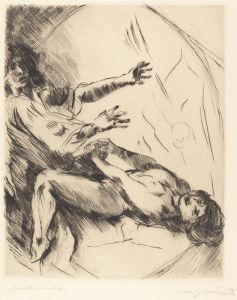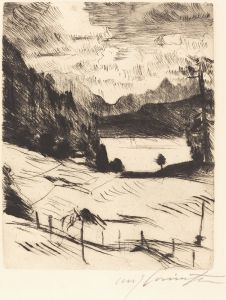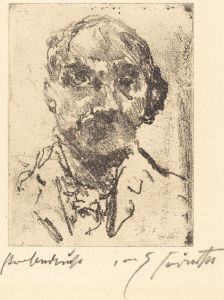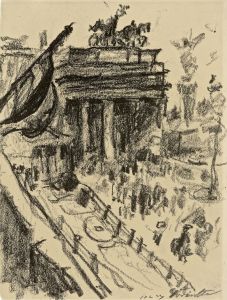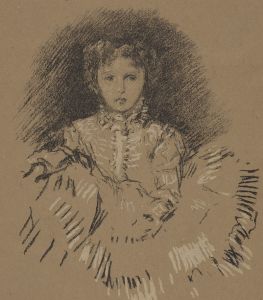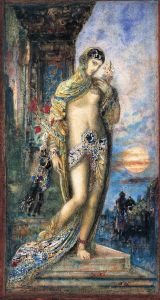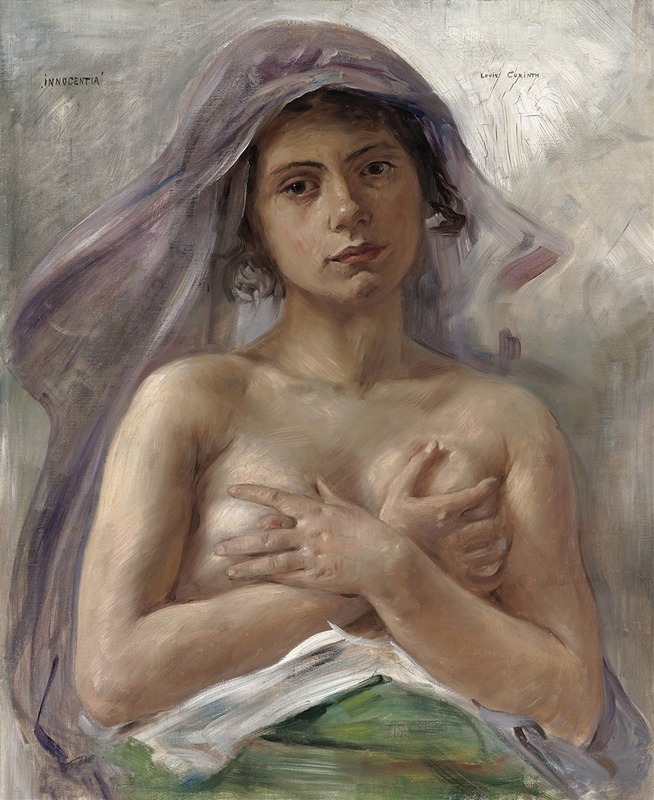
Innocentia
A hand-painted replica of Lovis Corinth’s masterpiece Innocentia, meticulously crafted by professional artists to capture the true essence of the original. Each piece is created with museum-quality canvas and rare mineral pigments, carefully painted by experienced artists with delicate brushstrokes and rich, layered colors to perfectly recreate the texture of the original artwork. Unlike machine-printed reproductions, this hand-painted version brings the painting to life, infused with the artist’s emotions and skill in every stroke. Whether for personal collection or home decoration, it instantly elevates the artistic atmosphere of any space.
Lovis Corinth was a prominent German painter and printmaker, known for his significant contributions to the transition from Impressionism to Expressionism in the late 19th and early 20th centuries. One of his notable works is the painting "Innocentia," which exemplifies his unique style and artistic vision.
"Innocentia" was created during a period when Corinth was deeply engaged in exploring the human form and psyche through his art. Corinth's work often reflected his interest in classical themes and his ability to convey deep emotion and psychological complexity. This painting is no exception, as it captures the essence of innocence and purity, themes that were recurrent in his oeuvre.
The painting features a young woman, depicted with a serene and contemplative expression. Corinth's use of color and brushwork in "Innocentia" is characteristic of his mature style, where he combined the loose, dynamic brushstrokes of Impressionism with the more intense emotional expression of Expressionism. The soft, yet vibrant palette used in the painting highlights the subject's delicate features and the ethereal quality of her presence.
Corinth's technique in "Innocentia" demonstrates his mastery of capturing light and shadow, creating a sense of depth and volume that brings the figure to life. The background is often less detailed, focusing the viewer's attention on the subject and enhancing the intimate atmosphere of the composition. This approach allows the viewer to engage more directly with the emotional and psychological aspects of the painting.
Throughout his career, Corinth was known for his ability to blend traditional and modern elements in his work. "Innocentia" is a testament to this skill, as it reflects both his classical training and his innovative spirit. The painting embodies the tension between the old and the new, a hallmark of Corinth's artistic journey.
Lovis Corinth's personal life and experiences also influenced his art. Having suffered a stroke in 1911, Corinth's style evolved to become more expressive and raw, as he adapted to the physical challenges he faced. While "Innocentia" predates this period, it still showcases his early exploration of themes that would continue to resonate throughout his later works.
"Innocentia" holds a place within Corinth's broader body of work, which includes portraits, landscapes, and historical scenes. His ability to convey emotion and character through his paintings has earned him a lasting legacy in the art world. Corinth's influence can be seen in the works of later artists who sought to explore the depths of human emotion and experience through their art.
Today, Lovis Corinth is celebrated as one of the key figures in the development of modern art in Germany. His paintings, including "Innocentia," continue to be studied and admired for their technical skill and emotional depth. Corinth's work remains a significant point of reference for those interested in the evolution of European art during a time of great change and innovation.





